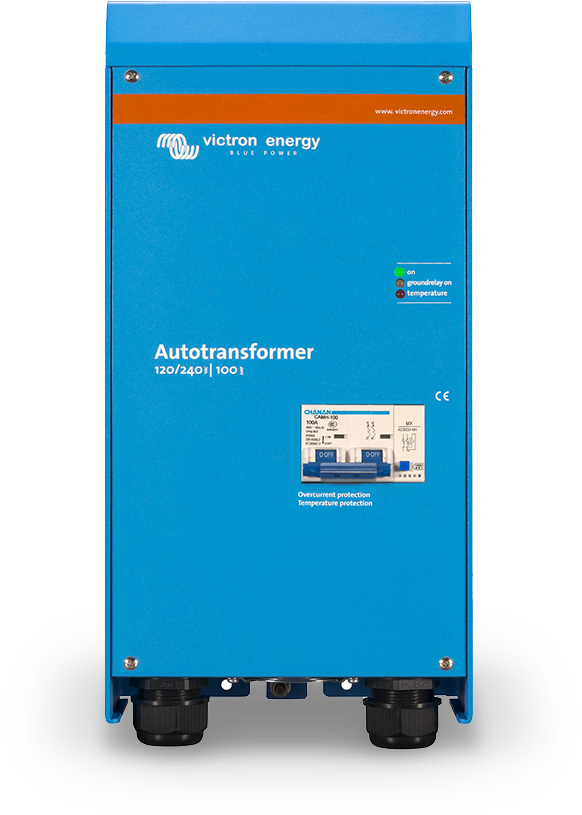I'm trying to get a mobile charger working with a 240v single phase solar inverter (off grid setup). This is a pure single phase circuit with no 120v neutral to bond to ground. As such, I'm getting a ground loss error (two red "T" flashes). My understanding is that the mobile charger needs to see 120v on ground, which is not possible with this particular inverter.
Is there any way around this? If not, does the more expensive wall charger require 120v on ground or can ground go straight to the grounding rod (via the breaker panel)? Buying a wall charger will be a lot cheaper than a split phase inverter.
Is there any way around this? If not, does the more expensive wall charger require 120v on ground or can ground go straight to the grounding rod (via the breaker panel)? Buying a wall charger will be a lot cheaper than a split phase inverter.



